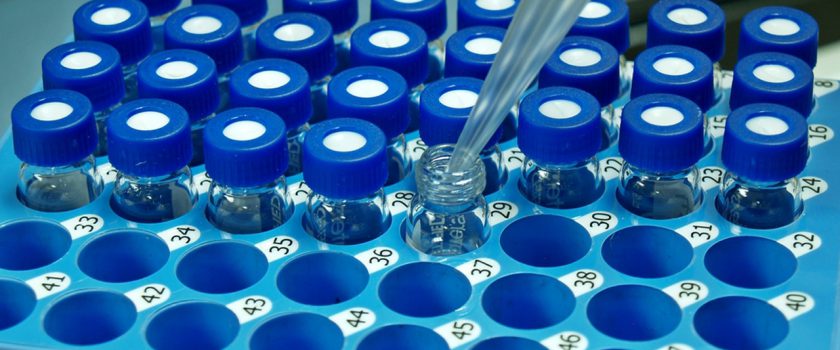Mass spectrometry (MS) is a highly sensitive and selective technique. However, many bioanalytical studies require isolating the target analyte from complex biological matrices. Mass spectrometers on their own cannot meet this demand. Hence, combining mass spectrometers with a separation technique such as liquid chromatography becomes crucial in drug development studies.
Liquid chromatography-mass spectrometry (LC-MS) is an amalgamation of two robust techniques for separating and measuring target analytes in complex study samples. The liquid chromatography component separates compounds based on their physicochemical properties, whereas mass spectrometers identify individual compounds based on their mass-to-charge ratio. This duality makes LC-MS assay a highly selective and powerful analytical tool.
The current article is a comprehensive guide on LC-MS method development. This article considers the bioanalytical method development and validation guidelines proposed by regulatory bodies for immunogenicity assay.
A Comprehensive Guide for LC-MS and LC-MS/MS Services Providers
The first step in LC-MS analysis is sample collection. Similar to any bioanalytical analysis, researchers must confirm that the collected sample sufficiently represents the population. Besides, they must control the storage conditions between sample analysis and storage, ensuring the robust stability of study samples.
Next comes quality control samples and calibrators. Samples with unknown concentrations are crucial for quantifying unknown analytes. This analysis usually involves a range of concentration samples, starting from a blank sample, providing a set of solutions that can help generate a calibration plot. Moreover, blank samples must closely relate to the study samples being analyzed. On the other hand, quality control samples are usually prepared in bulk. These samples help monitor bias and assay precision. Quality control samples play a vital role in accepting the study data, largely depending on quantifying QC samples within the predefined limits. Today it is common to reanalyze a specific number of test samples. This process is called incurred sample reanalysis, which helps control assay precision.
Also Read: Challenges and Solutions for Good Practices Laboratory-Compliant GLP Labs in the Era of Biologics
Generally, LC-MS testing allows direct analysis of samples. However, researchers ideally treat study samples to remove interference and concentrate samples when present at low concentrations. Typically, internal standards are needed to reduce matrix effects.
During LC-MS analysis, researchers inject calibration standards, quality control samples, and study samples into the system. An ideal LC-MS system should detect concentrations at the lowest level and be selective enough to detect assay interference. However, one must perform a system suitability test before analyzing study samples. This test involves studying unknown solutions and comparing the results with previous data. Besides, comparing study samples with blank study samples can help assess assay selectivity.
Finally, adequate data processing is crucial for generating high-quality LC-MS results. Today researchers have assays with modern software packages and automated algorithms. This sophisticated software integrates peaks and hence is preferred over manual integration. However, researchers must inspect individual chromatograms to confirm accurate baseline results. The integration must be consistent with predefined acceptance criteria and applied for all assay parameters, such as calibration, linearity, and stability.
Also Read: MSD Assay Services: A Comprehensive Guide to Understanding and Optimizing Your Results
Today tandem analysis, including LC-MS/MS systems, is widely used in drug development studies. However, like LC-MS method development and validation, LC-MS/MS method development and LC-MS/MS method validation remain crucial for drug development studies.



